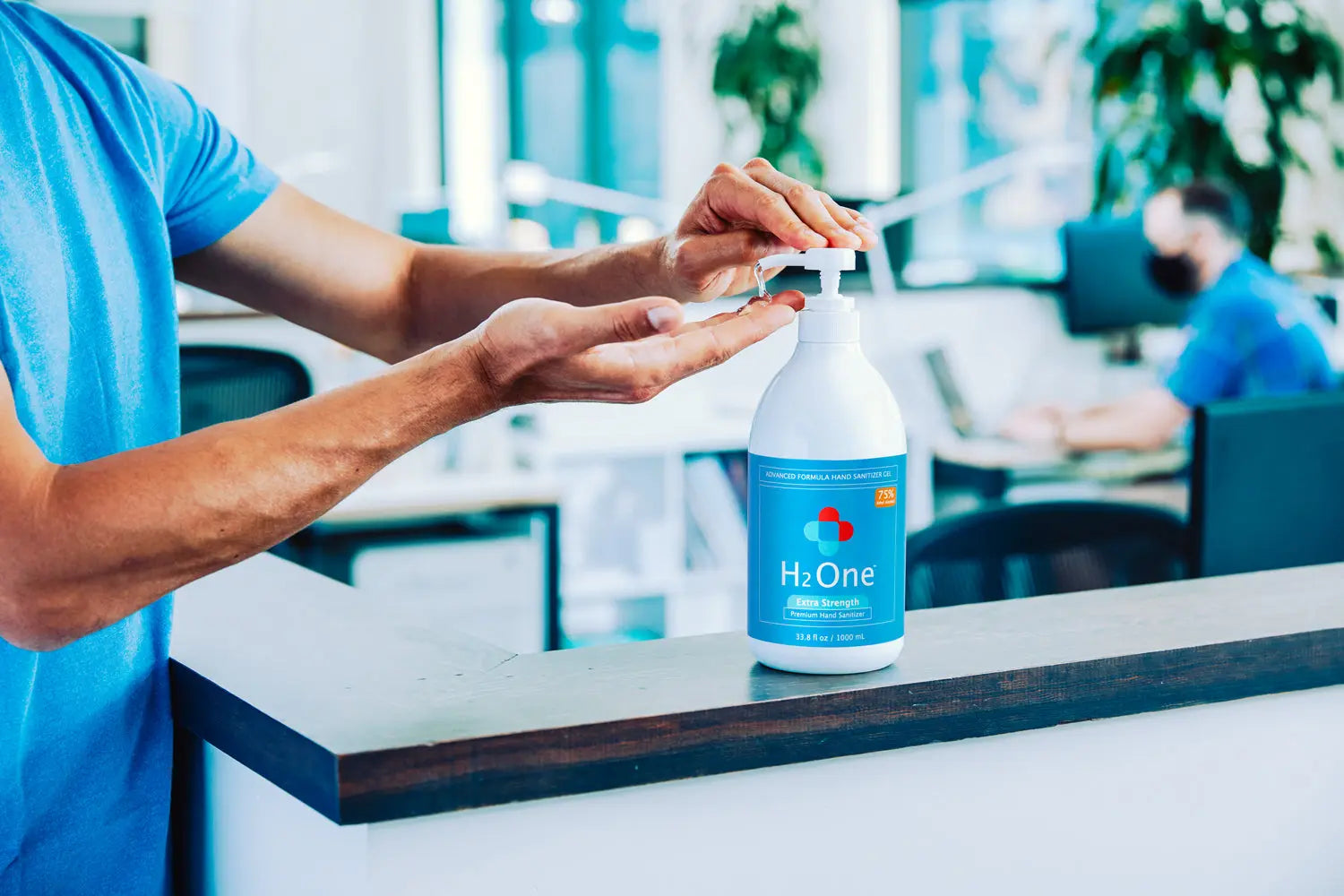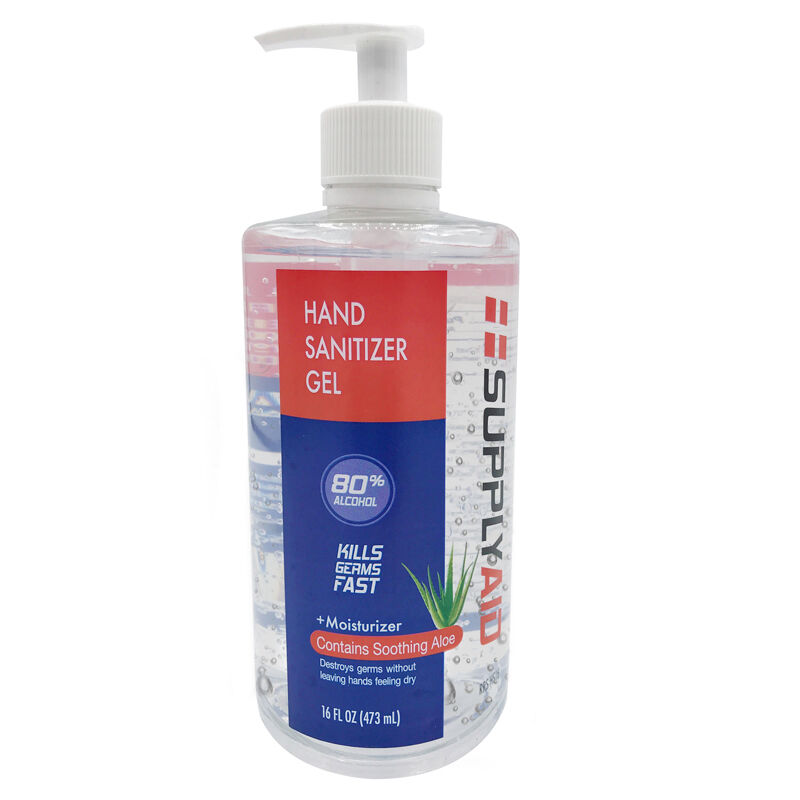Stand Out in Safety: Your Overview to Customized Hand Sanitizer Gel Selections
Stand Out in Safety: Your Overview to Customized Hand Sanitizer Gel Selections
Blog Article
The Science Behind Hand Sanitizer Gels: How They Maintain You Healthy And Balanced and Safe
In today's fast-paced world, hand sanitizer gels have actually become an ubiquitous part of our every day lives. Have you ever stopped to wonder about the scientific research behind these apparently straightforward remedies? Just how do they actually keep us healthy and balanced and safe? In this conversation, we will certainly explore the intricate devices that make hand sanitizer gels such powerful tools in our battle versus germs and infectious illness. From the basics of hand sanitizing to the role of alcohol and the effectiveness against COVID-19, we will certainly unwind the keys behind these plain containers, leaving you with a deeper understanding of their relevance in keeping our wellness. So, let's embark on this scientific trip and discover the interesting globe of hand sanitizer gels together.
The Basics of Hand Sanitizer Gels
Hand sanitizer gels, an essential device in maintaining individual hygiene, function as a effective and practical methods of getting rid of harmful germs and microorganisms from our hands. These gels usually contain a high concentration of alcohol, usually around 60-70%, which serves as the energetic ingredient responsible for killing bacteria. Alcohol works by denaturing the proteins in microorganisms and viruses, effectively making them non-active and incapable to create harm.
To guarantee the performance of hand sanitizer gels, it is very important to utilize an enough quantity and apply it correctly. Professionals advise using a dime-sized amount of gel and scrubing it completely over all surface areas of the hands, consisting of the fingertips, nails, and in between the fingers. The gel should be emphasized up until it is totally dry, which generally takes around 20 seconds. This process guarantees that all locations of the hands are revealed to the sanitizer, optimizing its germ-killing possibility.

Exactly How Hand Sanitizer Gels Kill Bacteria
The efficiency of hand sanitizer gels in removing germs and bacteria stems from the high focus of alcohol they include. Alcohol, especially isopropyl or ethyl alcohol, is the active component in most hand sanitizers. It functions by denaturing the healthy proteins and enzymes that comprise the framework of microorganisms, properly killing them.
When related to the hands, the alcohol in the gel swiftly evaporates, leaving a deposit of alcohol molecules. These particles pass through the cell walls of germs and infections, creating them to break apart and lose their capability to operate. This process is called healthy protein denaturation.

Additionally, it is crucial to keep in mind that hand sanitizer gels are most reliable when made use of on noticeably tidy hands (Personalized Hand Sanitizer Gel). Dust, grease, or other substances on the hands can create an obstacle in between the sanitizer and the germs, decreasing its effectiveness
The Duty of Alcohol in Hand Sanitizer Gels
Alcohol plays a crucial duty in the efficiency of hand sanitizer gels by denaturing the proteins and enzymes of microorganisms, inevitably removing them. The cornerstone in most hand sanitizer gels is ethanol or isopropyl alcohol, both of which have the capacity to interrupt the structure and feature of infections and germs.
When applied to the skin, alcohol acts as a solvent, passing through the outer membrane layer of bacteria. It then targets their enzymes and proteins, which are important for their survival and recreation. By denaturing these crucial components, alcohol properly ruins the microorganisms, making them unable to create infection or disease.
The focus of alcohol in hand sanitizer gels is an important element in their performance. The Centers for Illness Control and Avoidance (CDC) suggests a minimal alcohol concentration of 60% for hand sanitizers to be reliable against the majority of sorts of bacteria. This concentration makes certain that a sufficient quantity of alcohol is present to denature the proteins and enzymes of microbes.
It is essential to keep in mind that while alcohol-based hand sanitizer gels work in eliminating many kinds of bacteria, they might not work against all kinds, such as those that are resistant to alcohol. In these situations, it is advised to wash hands with soap and water for at the very least 20 seconds. Nevertheless, in the majority of situations, utilizing hand sanitizer gels with the appropriate alcohol concentration can provide a practical and reliable methods of keeping hands clean and minimizing the threat of spreading bacteria.
Recognizing the Importance of Proper Hand Sterilizing Methods
Appropriate hand disinfecting strategies are important in preserving efficient security versus a vast array of germs and minimizing the risk of infection or disease. While hand sanitizers have shown to be efficient in killing numerous types of germs, it is very important to understand that their effectiveness is significantly dependent on proper application.
First of all, it is important to use an enough quantity of sanitizer. A pea-sized amount is generally advised, however it may differ depending upon the brand. Using insufficient sanitizer may cause insufficient coverage, leaving some locations of the hands vulnerable.
Second of all, it is needed to rub the sanitizer right into all surfaces of the hands, consisting of the palms, rear of the hands, fingers, and even the spaces in between fingers. Snag activity helps to make certain that the sanitizer is distributed Learn More Here equally and reaches all the locations where bacteria might be present.
In addition, it is very important to continue scrubing the sanitizer till the find this hands are totally dry. This generally takes about 20 secs, during which time the sanitizer is provided sufficient get in touch with time to kill the germs properly.
Lastly, it is important to prevent rubbing out or rinsing the sanitizer after application. Letting it air completely dry ensures that the active components have enough time to work and give the desired security.
The Performance of Hand Sanitizer Gels Against COVID-19
Hand sanitizer gels have shown significant efficiency in combating the spread of COVID-19. These gels have alcohol, generally in the type of ethanol or isopropyl alcohol, which has actually been proven to be efficient versus a wide variety of viruses, including coronaviruses. The alcohol in hand sanitizers functions by denaturing the healthy proteins in the virus, breaking down its protective envelope, and inevitably eliminating it.
Studies have revealed that hand sanitizers with an alcohol web content of at the very least 60% are highly efficient in eliminating the SARS-CoV-2 infection, which creates COVID-19. When used properly, hand sanitizer gels can considerably minimize the variety of sensible infection fragments on the skin, helping to prevent its transmission. However, it is very important to note that hand sanitizers are not an alternative to correct handwashing with soap and water, specifically when hands are noticeably unclean or oily.
It is vital to make use of hand sanitizer gels appropriately for optimum performance. To do so, use a dime-sized amount to the palm of one hand and rub your hands with each other, covering all surface areas, consisting of between fingers and around nails, until the gel is dry. It is additionally vital to make certain that the gel covers the whole surface area of the hands, as any type of missed locations might still harbor the infection.
Final Thought
In final thought, hand sanitizer gels play a vital function in keeping individuals healthy and balanced and risk-free by properly killing bacteria. In the context of the COVID-19 pandemic, hand sanitizer gels have been verified to be effective in minimizing the transmission of the virus.
Hand sanitizer gels, a critical tool in preserving individual hygiene, offer as a convenient and efficient ways of removing damaging bacteria and bacteria from our hands. It is essential to keep in mind that hand sanitizer gels should not replace routine handwashing with soap and water, which is still considered the gold requirement for hand health.
In the majority webpage of situations, utilizing hand sanitizer gels with the ideal alcohol concentration can offer a effective and practical ways of maintaining hands tidy and reducing the danger of spreading out bacteria. (Hand Sanitizer Gel Custom)
It is vital to keep in mind that hand sanitizers are not a substitute for proper handwashing with soap and water, particularly when hands are oily or noticeably unclean.
To do so, use a dime-sized quantity to the hand of one hand and massage your hands with each other, covering all surface areas, consisting of in between fingers and around nails, till the gel is completely dry.
Report this page